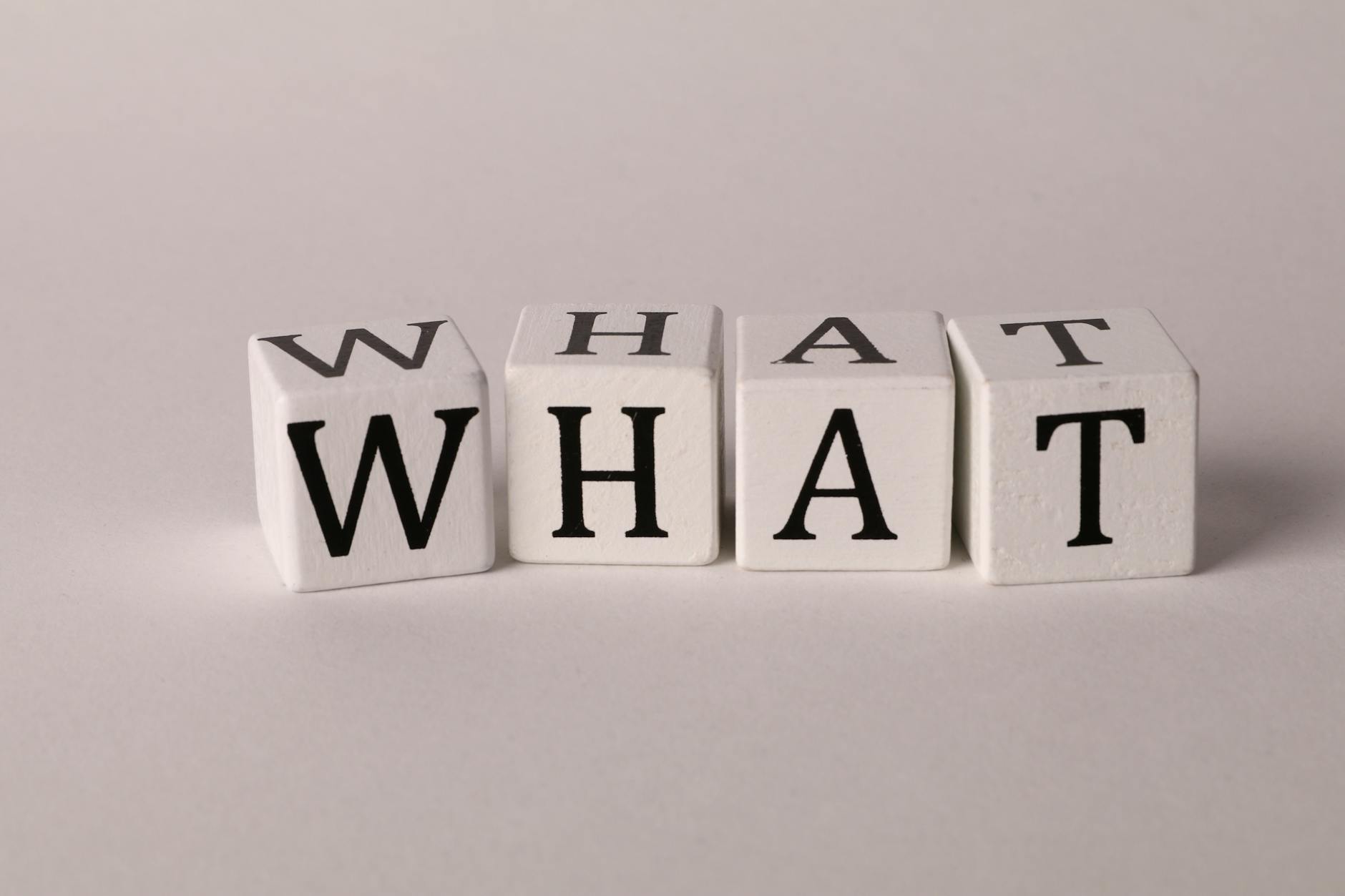If you are reading this series, that I have hopefully already convinced you that:
So in today’s post, my goal is to give you some practical strategies to suggest for your patients.
To help me with this, I am using this 2018 article published in the Journal of Renal Nutrition.
What is PRAL?
PRAL stands for the potential renal acid load. The dietary PRAL score shows good correlation with acid-base balance. PRAL classifies the comments of the diet or a food item by those that are acid inducing (protein and phosphorus) and subtracting the components that are base inducing (potassium, magnesium and calcium). The PRAL factors in average intestinal absorption rate of each nutrient.
To calculate the total daily PRAL, use the following formula:
- = 0.49 * protein (gram/day)
- + 0.037 * phosphorus (mg/day)
- – 0.021 * potassium (mg/day)
- – 0.026 * magnesium (mg/day)
- – 0.013 * calcium (mg/day)
For each food item, a value below 0 suggests it is base-inducing. A value above 0 suggests it is acid-inducing.
What foods are good, bad and neutral?

Acid inducing foods are:
- Meat (consider that these foods are made up of amino ACIDs!)
- Eggs
- Cheese
- Grains
Base inducing foods are:
- fruits
- vegetables
Of note, high oxalate foods form will form potassium oxalate compounds which do not provide an alkalizing effect. To improve acid-base balance, discourage the consumption of high oxalate foods.
Neutral foods are:
- Milk – the high calcium content in milk counteracts the protein/phosphorus, rendering it neutral.
- Fats
- sugars
- Plant proteins – Phytates bind phosphorus in plant proteins, reducing their acid-inducing effect compared to animal proteins.. Plant proteins also tend to be higher in the amino acid glutamate which is a neutral amino acid.
Does diet prevent or treat metabolic acidosis?
A key question for me is whether or not eating a health diet is good for preventing metabolic acidosis or treating metabolic acidosis or both. In my mind prevent and treating are two different things. Prevention is something that I might talk about at the initial assessment and include general principles for “healthy eating for kidneys”. Whereas treatment is something that I will use to fix a problem. If I get consulted for low bicarbonate levels, can I get my patient’s to fix it by changing their diet?
Evidence suggests diet does both!
Goraya conducted both studies. For the prevention side, in Stage 2 CKD patients, increasing fruits and vegetables reduced urinary makers of kidney injuries and reduced blood pressure. On the prevent side, in Stage 4 CKD patients WITH metabolic acidosis, a comparison of sodium bicarbonate tablets or fruits and vegetables showed that after 1 year both interventions corrected metabolic acidosis and reduced markers of kidney injury.
Key Messages for patients to correct metabolic acidosis
- Eat more low oxalate fruits and vegetables
- Replace animal proteins (e.g. meat and cheese) with plant proteins (e.g. beans and legumes)
- Avoid excess protein intake (aim for 0.6-0.8g/kg protein, aiming for at least 50% from low biological value protein sources)
Good Resources for teaching PRAL
I have been scouring the internet to find some food patient education resources for teaching patients how to eat better to improve their acid-base balance.
Here is PRAL list that was shared with me. I could see this being helpful as either as an RD reference or for those super keen/numbers focused patients: https://www.clinicaleducation.org/documents/revised-summary-pral-list.pdf
I also found this list – which is set up in a visually appealing way, though I am not in anyway endorsing the company that made it. https://inaturally.com.au/wp-content/uploads/2020/04/The-PRAL-Table.pdf
I came across a few well written blog posts, though I admit that I have yet to find a really nice patient teaching resource. Let me know if you have one/find one!




One thought on “What should I tell my patients to eat to fix metabolic acidosis?”